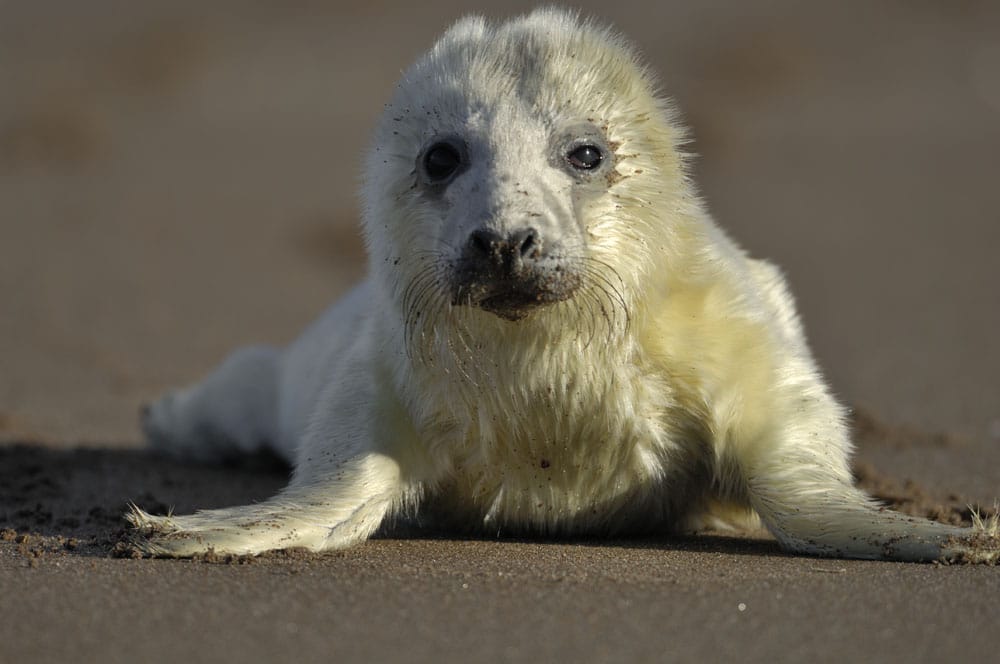The use of spatial data and tools is essential in helping to identify, plan and deliver Nature Networks. As Nature Networks become established, data will also play a vital role in monitoring and reporting. Here we provide an outline of some tools and data that can be used in a variety of landscapes. This page will continue to be updated as more resources become available.
Covering Framework Delivery Principles:
- Data, mapping, & monitoring
- Finance & resourcing
- Governance & decision making
- Knowledge & skills
- Monitoring, Evaluation & Reporting
- Participation, engagement, & communication
- Policy & Mainstreaming
- Project Development
- Project Implementation
- Spatial Mapping
Overview
The nature network framework outlines the following delivery principles for data, mapping and monitoring;
- We will be adaptive in our approach to delivering Nature Networks and use the opportunity to improve our understanding of developing effective ecological connectivity.
- Monitoring approaches for Nature Networks will be developed with, and for, stakeholders to inform management and action that maximises effectiveness of the network.
- We will employ innovation and best practice in data collection, management and use.
- Mapping and use of data will be collaborative and holistic in approach.
We cannot give definitive answers on which tools to use or how to use available data, or provide an exhaustive list of available tools and data. However, we have provided a summary of those which we think are currently important, useful and relevant.
- A toolkit to engage young people in their nursery, school, college or university grounds – increasing their knowledge of species and developing important skills, such as biodiversity mapping, data collection and analysis.
- This free to use app has been designed to help farmers and crofters carry out biodiversity audits so they can identify and map the habitats on their farms and carry out a simple condition assessment. Helping identify areas of habitat which may form part of a Nature Network.
- This toolkit aims to inspire young people to take the lead in their local community by learning new skills about how to evaluate places, map their community and influence local decision making.
Help us build a useful toolbox
Share your feedback on existing guidance and resources, as well as links to others you think would be useful. We’d also love to hear about any great Nature Network projects that we should showcase.
.